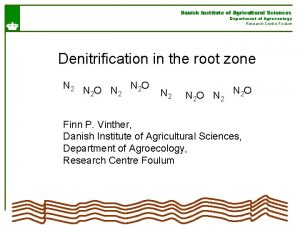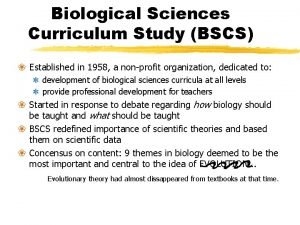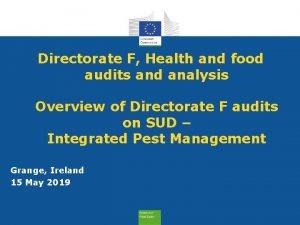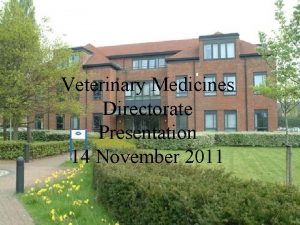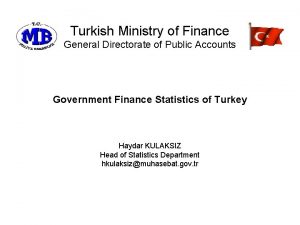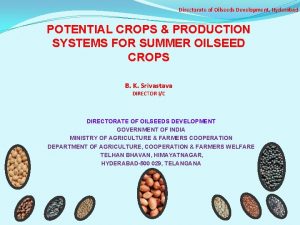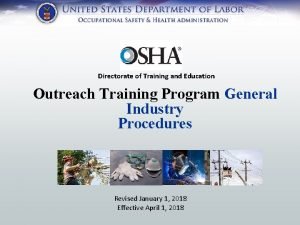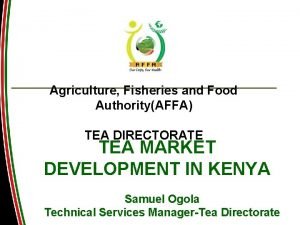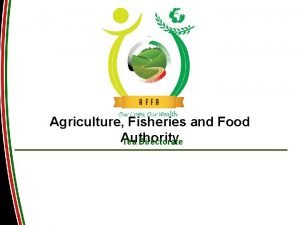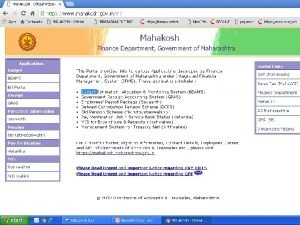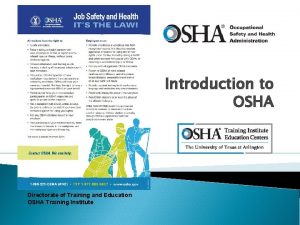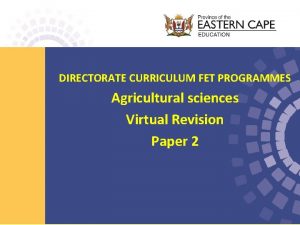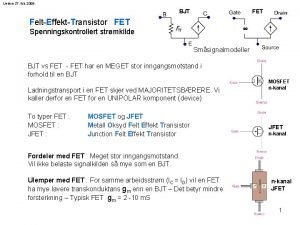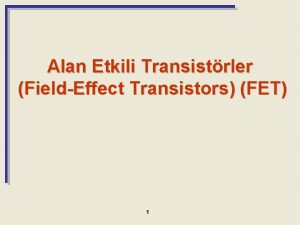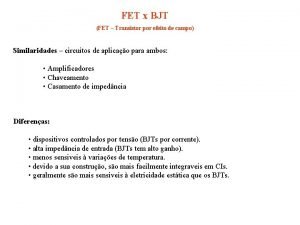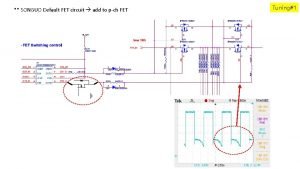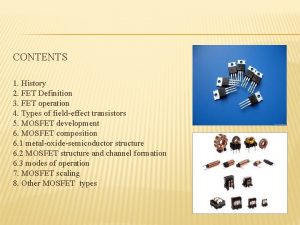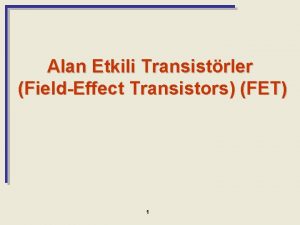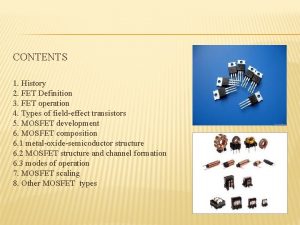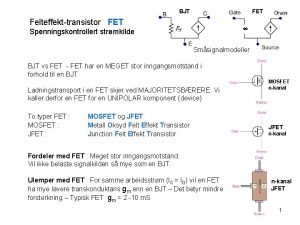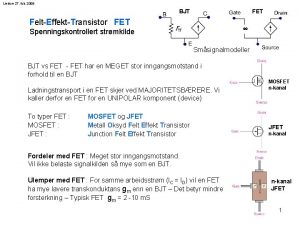DIRECTORATE CURRICULUM FET PROGRAMMES Agricultural sciences Virtual Revision





























- Slides: 29

DIRECTORATE CURRICULUM FET PROGRAMMES Agricultural sciences Virtual Revision Paper 2 Production factors

Agricultural production factors • • Land Labour Capital Management.

Land • The economic characteristics of land • The techniques or methods used to increase land productivity. • General strategies for increasing land productivity of farming land • The law of diminishing return

Land uses in agriculture include: • • • Natural or unimproved veld (grazing) Pasture (grazing) Dryland agriculture (cultivated crops) Irrigation farming (cultivated crops) Plantations (sugar, tea) Orchards (fruit) Vineyards (grapes) Feedlots (animals) Battery farming (poultry).

The law of diminishing returns.

Methods to increase the productivity of soil • • Soil analyze Better cultivation practices Measuring of soil water Responsible use of insecticides. Cutting out of uneconomical units Applying of water To share capital items and labour Applying of precision farming

The term Labour • Labour is human energy (physical effort) and mental skill • it is the ability to do work. • Labour is the work that people do with the expectation of being paid (remunerated). • Labourers are generally paid a wage or salary. • It is one of the largest cost items in the agricultural sector. • Labour costs can be reduced by mechanisation, increasing productivity, reducing the labour force, and sending workers for training.

Types according to skills • Highly educated: such as animal nutritionists, winemakers and lecturers • Skilled: such as sheep shearers, wool classers and combine operators • Unskilled: such as farm labourers who harvest fruit or work in a milk portal

Types according to their contract • Casual. According to the Basic Conditions of Employment Act (1997), these are workers who work less than 24 hours a month. They do not have contracts with their employers and are not covered by certain provisions of the Act. • Permanent (full-time). Workers who work ordinary hours set for the farming, sector (e. g. a foreman or a tractor driver). • Seasonal. Workers who are employed during peak periods, often for a specific task such as harvesting. • Part-time. Workers who regularly work less than the ordinary hours (e. g. two days a week or mornings only). • Temporary. Workers who are employed on a temporary basis until a permanent employee is appointed (e. g. a person who stands in for an administrator at the pack house when they are off sick).

Problems associated with labour in agriculture • • • Theft Damage to expensive equipment. Abuse of alcohol and drugs. Economic migrants Workers’ rights Safety Social problems Scarcity of labour Competition from industries Lack of training Poor labour management

Improving economic conditions for the workers • • • Providing incentives for workers Paying higher salaries Paying bonuses Entering into partnership deals with workers Providing medical insurance and pension Supplying farm products, such as oranges or milk, to workers at reduced prices.

Labour legislation acts affecting farm workers • Occupational Health and Safety Act (OHSA) No. 130 of 1993 • Compensation for Occupational Injuries and Diseases Act (COIDA) No. 85 of 1993 • Basic Conditions of Employment Act (BCEA) No. 75 of 1997 • Employment Equity Act (EEA) No. 46 of 1998 • Skills Development Act (SDA) No. 56 of 1998 • Unemployment Insurance Act (UIA) No. 30 of 2001

Labour contract • • • Address of employer: Commencement. Place of work. Job description Termination of employment Wage Hours of work Meal intervals Sunday work • • • Public holidays Annual leave Sick leave Maternity leave Family responsibility leave Deductions from remuneration Accommodation _ Clothing Other conditions of employment or benefits

Capital: types of capital • Fixed capital. is invested in durable assets that have a long lifespan (e. g. buildings and land). • Movable capital. is invested in medium-term assets, such as livestock, vehicles, machinery, and equipment. • Working capital (short-term, floating or production capital). Working capital is invested in short-term assets and used to pay short-term operating costs, includes feed, fertiliser, chemicals, seed and fuel

The methods of creating capital • Creating capital from savings • cash from the farming operation to invest in extra livestock, more land or to improve the facilities on the farm. • extra investment must yield enough extra income to make spending the capital worthwhile. A farmer must decide: • if it is better simply to leave the money in the bank and earn interest • whether the investment in the farming operation will earn a better return

Credit is classified as: 1. Long-term finance over a period of between 10 -35 years. A farmer should use long-term finance for assets that last a long time, such as land. 2. Medium-term, period of between 2 -10 years, suitable to buy items such as vehicles, livestock and machinery. 3. Short-term, period of less than two years. A farmer should use short-term finance for short-term assets, such as feed or seed.

Problems associated with capital • • Over-capitalisation Under-capitalisation Capital is scarce Capital is subject to high risk Interest rates may change The law of diminishing returns Depreciation:

Capital/financial management systems • Financial records: Financial records are documents such as paper invoices and computer · files that show all the money spent on the operation, as well as all the income of the farm. • Farm asset records : Asset records are documents such as paper documents or computer files that show all the assets on the farm. This includes livestock, plantations and machinery. • Farm budgets

Different types of budgets • Enterprise budget: is a plan or record of the money spent on and earned by only one enterprise on the farm. • Whole-farm budget : is a combination of the budgets of an the fanning operations on one farm. • Partial budget is a budget that is used to investigate the effect on profitability if you make a change to your farm operations (e. g. buying a combine harvester rather than hiring a contractor).

The cash flow statement A cash flow statement shows all income and expenditure Aspects of a cash flow statement • All the normal income and expenditures of the farming operation. • Any payments to the bank • Any improvements that are necessary • Any income that the farm may get from the sale of assets.

Main components of a cash flow statement • Income – receipts from operating income and capital sales. • Expenditure – payments made for operating costs (wages and inputs), capital expenditure and non-farm expenses (e. g. household expenses) • Profit or loss – the difference between income and expenditure. If income is greater than expenditure, there is a profit for that month • Opening balance – cash available at the start of each month • Closing balance – cash available end of each month. It is made up of the opening balance plus the profit (or less the loss)

Concept of management • Management is the art of getting other people to do work in a coordinated effort. • It is the process of designing and maintaining an environment in which individual workers to accomplish a specific aim. • Management is a key ingredient for a successful business. • Farm management is about applying basic business principles and the scientific principles of agriculture to the farm business.

Managerial principles • • Planning Decision making. Organising and coordinating. Communicating. Motivating. Leading or directing. Monitoring. Controlling.

General management skills • • • • Decision-making skills Delegating skills Leadership skills Coordinating skills Communication and interpersonal skills Conceptual skills. Analytical skills. Ability to apply new knowledge. Planning skills. Problem-solving and decision-making skills Organisation skills. Entrepreneurial skills Production and operation skills Ability to adapt.

Monitoring farm performance and keeping records • • • Labour records. Crop records Livestock records Mechanisation records. Record of sales and purchases. Inventory.

Internal forces that affect or influence farming businesses • Available resources (e. g. natural resources, equipment, machinery and facilities) and the size and type of farm • Available capabilities and competencies of management and the workforce, . Including production, marketing and financial management. • Organisational structure and culture. For example, does the farm manager. Provide opportunities for workers to voice their concerns openly, or are the I workers expected to pass their concerns on via the foreman? Is employee morale high? Happy employees are likely to work harder

External forces that affect or influence farming businesses External forces in South Africa and overseas, are forces beyond the direct control of the farm business. • Economic forces. Inflation rate, consumer spending, availability of credit, levels of taxation, interest • Political forces. subsidies. • Ethical forces. Ethics is about what people regard as wrong or right • Legal forces. Legislation • Socio-cultural forces. For example: Population demographics, Education levels, Culture and religion, Attitude to environmental issues, HIV and AIDS can affect your consumers • Competitive forces (competition). • Technological forces. • Environmental forces.

The primary sources of risk in farming business • Production risk: Crop or livestock yields are not a certainty before harvest or final sales. • Technological risk: Farmers are continually faced with new technology to increase production. • Price or marketing risk: The price of natural resources varies from year to year and may even vary within a year. • Financial risk: This is the risk of borrowing money to finance farming operations

• Climate risk, flooding, droughts, veld fires or tornadoes can cause substantial losses to farmers in terms of buildings and crops. • Biological risk of pests and outbreak of diseases, such as foot-and-mouth disease, bird flu, and Newcastle disease among poultry and virus diseases attacking crops. • Policy or political risk • Labour or health risks
 Directorate curriculum fet
Directorate curriculum fet Danish institute of agricultural sciences
Danish institute of agricultural sciences The human sciences tok
The human sciences tok Passive sentence
Passive sentence Bscs curriculum
Bscs curriculum European directorate for the quality of medicines
European directorate for the quality of medicines Health audit directorate
Health audit directorate Veterinary medicines directorate
Veterinary medicines directorate General directorate of animal health and production
General directorate of animal health and production Directorate general for competition
Directorate general for competition General directorate of public finance
General directorate of public finance Peos
Peos Directorate of oilseeds development
Directorate of oilseeds development Plant protection directorate nepal
Plant protection directorate nepal Directorate for logistics functions
Directorate for logistics functions Public affairs directorate oxford
Public affairs directorate oxford Materials and manufacturing directorate
Materials and manufacturing directorate Vehicle technology directorate
Vehicle technology directorate Osha directorate of training and education
Osha directorate of training and education Marketed health products directorate
Marketed health products directorate Fort bragg dpw number
Fort bragg dpw number Directorate of health services kashmir
Directorate of health services kashmir Tea directorate
Tea directorate Dhs science and technology directorate org chart
Dhs science and technology directorate org chart Tea directorate
Tea directorate Director of treasuries vendor payment
Director of treasuries vendor payment Norwegian registration authority for health personnel
Norwegian registration authority for health personnel Osha directorate of training and education
Osha directorate of training and education Norwegian directorate for education and training
Norwegian directorate for education and training Directorate-general for internal policies
Directorate-general for internal policies

